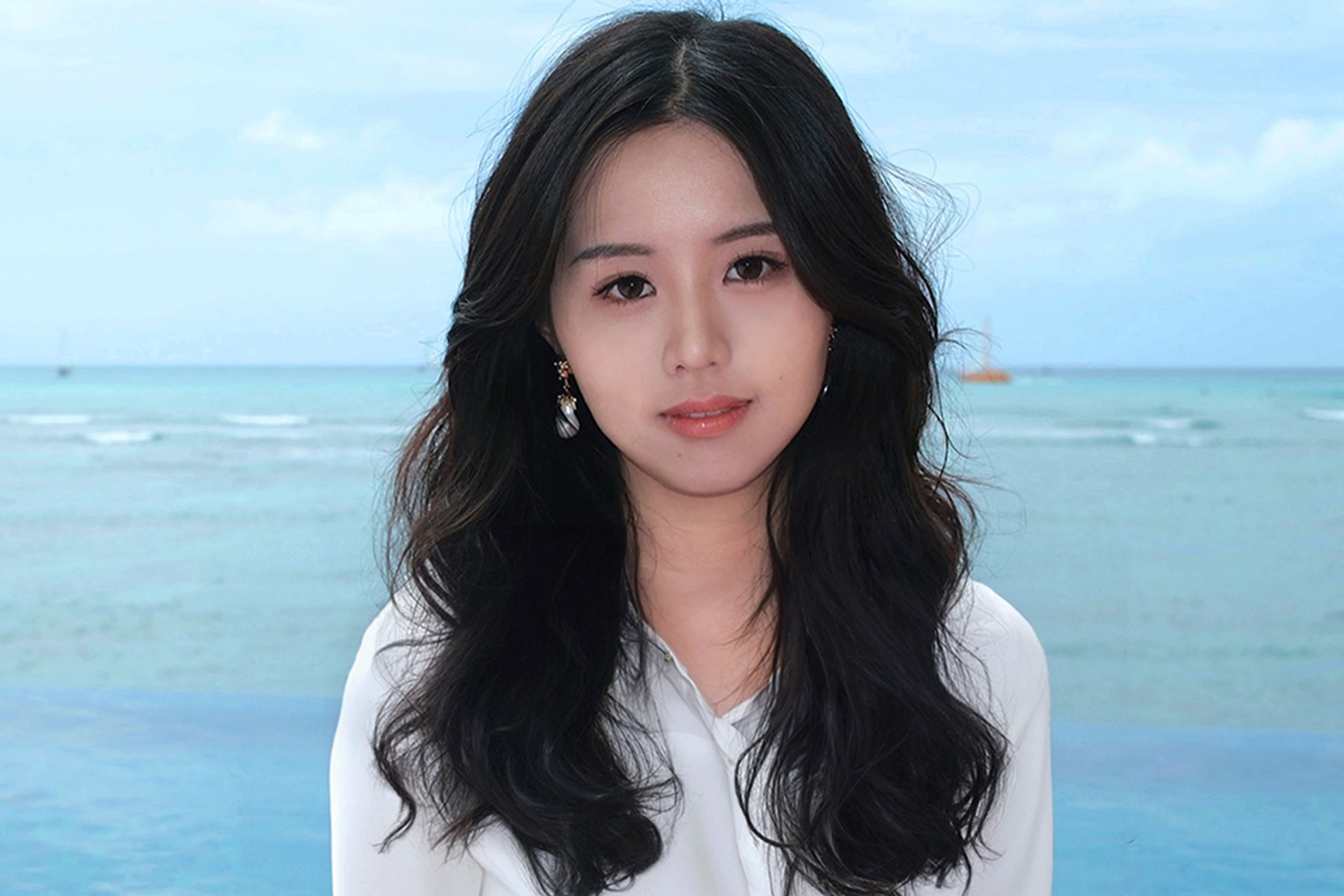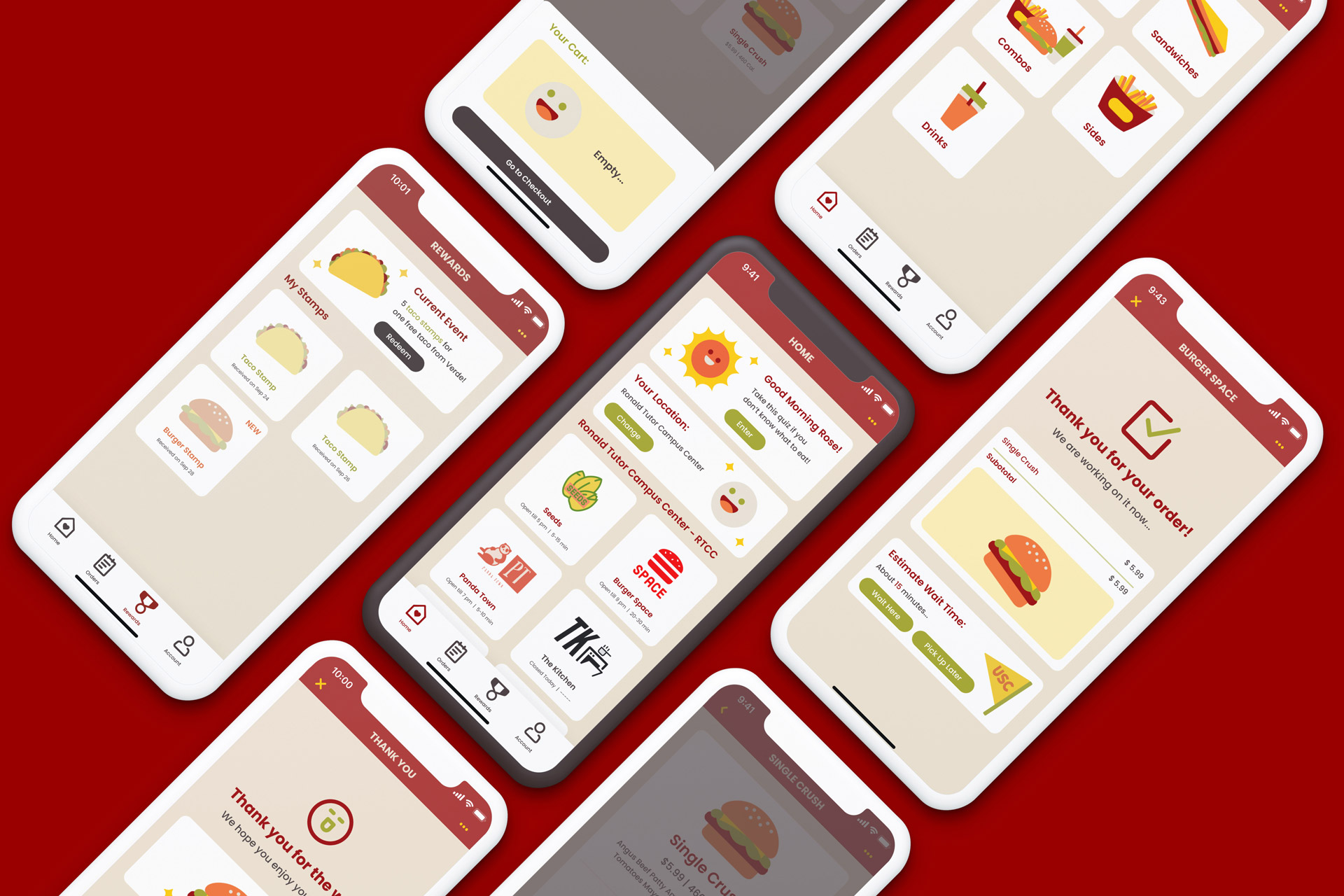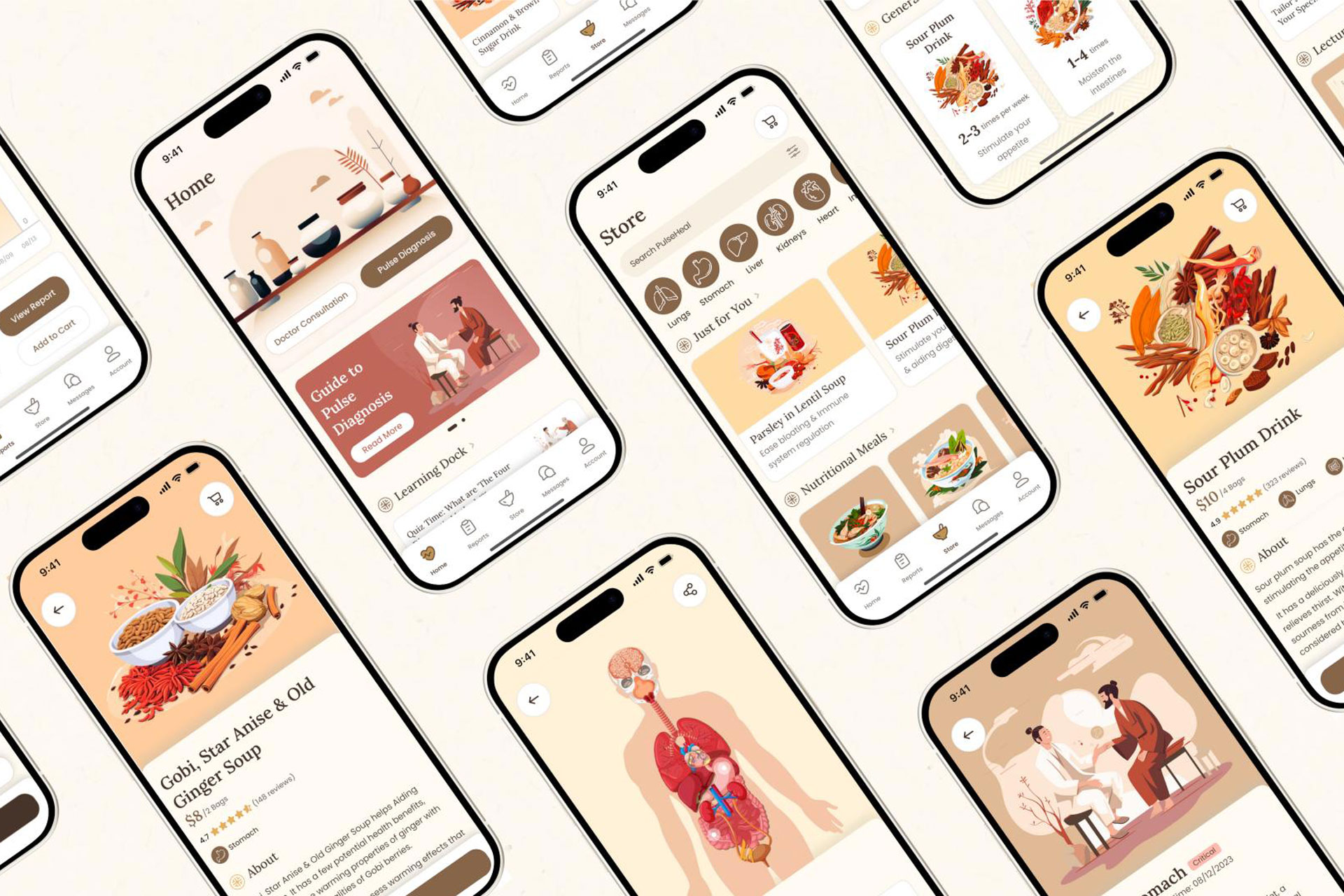Interview with Jessica Kewei Lin for Campus Dining and PulseHeal

Interview with Peter Csuz from Slovakia
August 8, 2024
Interview with Anais Kim | A Graphic Designer & Artist with Liberation & Movement Ideals
August 8, 2024Jessica Kewei Lin
Jessica Kewei Lin is a user experience designer based in Los Angeles. She creates user-centric design solutions for projects including gaming interfaces and websites. As a child, she enjoyed expressing herself through art, and later, used it as a medium for cultural commentary and positive change. Her career is driven by the belief that creativity can inspire and uplift communities.
I'm Jessica Kewei Lin, a user experience designer currently based in Los Angeles, California. My professional journey has been both dynamic and rewarding, involving contributions to a variety of projects that span immersive user interfaces for major gaming titles to engaging websites that reach millions of users worldwide.
With a focus on user-centric design principles and a relentless pursuit of creativity, I tackle complex challenges, aiming to deliver impactful outcomes that drive positive change in the digital landscape.
For me, the journey into creativity began with the joy of expression. As a child, I found excitement in illustrating the world around me, capturing the vibrant moments of everyday life. Over time, my artistic endeavors evolved into a deeper exploration of societal themes and narratives, fueling my desire to use art and design as a medium for cultural commentary and positive change.
I discovered the transformative power of art and design in addressing real-world challenges and shaping perceptions. It was this realization that propelled me towards a career as a creative professional, driven by the belief that creativity can inspire and uplift communities.
Creativity is the fusion of imagination and practicality, where innovative ideas are brought to life through execution. It's about crafting solutions that are as imaginative as they are grounded in purpose, pushing the boundaries of what's expected to design experiences that resonate deeply and meaningfully.
A truly creative idea or design comes from a deep, intuitive understanding of the user's journey and their specific pain points. It's about designing solutions that not only address these issues but also evoke emotions, creating a memorable and impactful experience for users.
My design process is deeply rooted in empathy and strategic thinking, starting with comprehensive market research to resonate with the needs of the target audience. This initial stage of understanding and empathy is fundamental, as it informs the creation of solutions that are not only in harmony with the brand's ethos but also deeply resonate with users.
I then move on to the ideation and prototyping phase, where creativity meets practicality. I constantly refine ideas, using a hands-on approach to bring concepts to life. This phase is guided by feedback gathered from user testing and stakeholder input, ensuring that our designs are not only aesthetically pleasing but also highly functional and user-centric.
My creative style uniquely blends aesthetics with functionality, which is deeply influenced by my graphic design background and programming skills. Storytelling is also at the heart of my designs, aiming to evoke emotional responses and ensure accessibility. This approach, coupled with a commitment to inclusion and social change, allows me to craft designs that are not only visually compelling but also meaningful, ensuring accessibility and engagement across diverse audiences.
Yes, of course! Growing up in China and now living in California, the diverse experiences I have had across cultures have significantly shaped my creative process. My approach to design is deeply rooted in the philosophy of inclusivity and accessibility. This perspective has encouraged me to create designs that not only resonate with a broad audience but also pay homage to cultural diversity and heritage.
The MUSE Creative Awards represents a significant milestone for both myself and the PulseHeal team. It represents a significant recognition of our dedication to pushing the boundaries of design and technology and serves as a testament to the power of empathetic design and its potential to drive meaningful change.
The winning projects I entered into the MUSE Creative Awards, Campus Dining and PulseHeal, stand out as examples of my design philosophy that combines functionality with meaningful impact.
Campus Dining was designed to revolutionize the university dining experience, making it more accessible, efficient, and enjoyable for students. By leveraging user-centric design and innovative technology, I was able to create a platform that not only improves students' online experiences but also fosters a sense of community among students.
PulseHeal, on the other hand, represents a bridge between traditional Chinese medicine (TCM) and modern healthcare practices. This platform was designed as an accessible platform for global audiences, providing user-friendly access to consultations, diagnoses, and treatments. It is a project close to my heart, aiming to preserve and promote a valuable aspect of cultural preservation through digital innovation.
The Campus Dining project was a unique challenge that required integrating UI and graphic design with spatial planning to improve the food wait experience in a post-COVID setting. Drawing on my background in design and programming, I tackled the project in three stages: research, ideation, and production.
By engaging students in interviews, I identified their safety concerns, particularly the need to maintain social distancing in waiting areas. My solution was to design designated waiting areas with visual cues and a reward system to encourage use, maintain distance, and enhance engagement.
One of PulseHeal's biggest challenges was bridging the gap between traditional Chinese medicine (TCM) and the modern digital world. Making TCM accessible and understandable to a global audience requires not only a deep dive into TCM's complexities but also innovative design thinking to translate these ancient practices into an intuitive digital experience. It required rigorous research into TCM's foundational principles and a user-centric design approach to effectively communicate these concepts through technology.
The solution involved designing an intuitive interface that guides users through their health assessment with ease, supported by back-end algorithms that translate TCM diagnostics into personalized health reports. Balancing technical precision with user engagement, we implemented features that allowed users to interact directly with TCM practitioners, fostering a blend of traditional wisdom and modern convenience.
Winning the MUSE Creative Awards catalyzed my career, enhancing my visibility within the design community and affirming the value of my work. It has opened doors to new opportunities and collaborations, allowing me to further explore the intersection of design and social impact. This recognition not only strengthened my confidence but also solidified my commitment to making a difference through design.
- Evolution: relentless innovation in technology and design.
- Collaboration: Working with diverse teams enriches the creative process and results.
- Social Impact: The opportunity to make a significant positive impact on society through design.
I would like to stress the importance of storytelling in their project presentations. A compelling narrative that walks viewers through the concept, process, and outcome of the work can significantly enhance its impact. It's also crucial to embrace exploration and innovation, venturing into uncharted design territories with an open mind.
Drawing on my journey, where empathy has been an important aspect of my design philosophy, I would also highlight the significance of gaining a deep insight into diverse user needs and perspectives. This approach not only enriches your design solutions but also broadens your creative horizon, laying a strong foundation for impactful work.
Jessica Kewei Lin
Jessica Kewei Lin is a user experience designer based in Los Angeles. She creates user-centric design solutions for projects including gaming interfaces and websites. As a child, she enjoyed expressing herself through art, and later, used it as a medium for cultural commentary and positive change. Her career is driven by the belief that creativity can inspire and uplift communities.
Read more about this interview with Bilan Liu from the United States, the Silver Winner of the 2024 MUSE Creative Awards.



